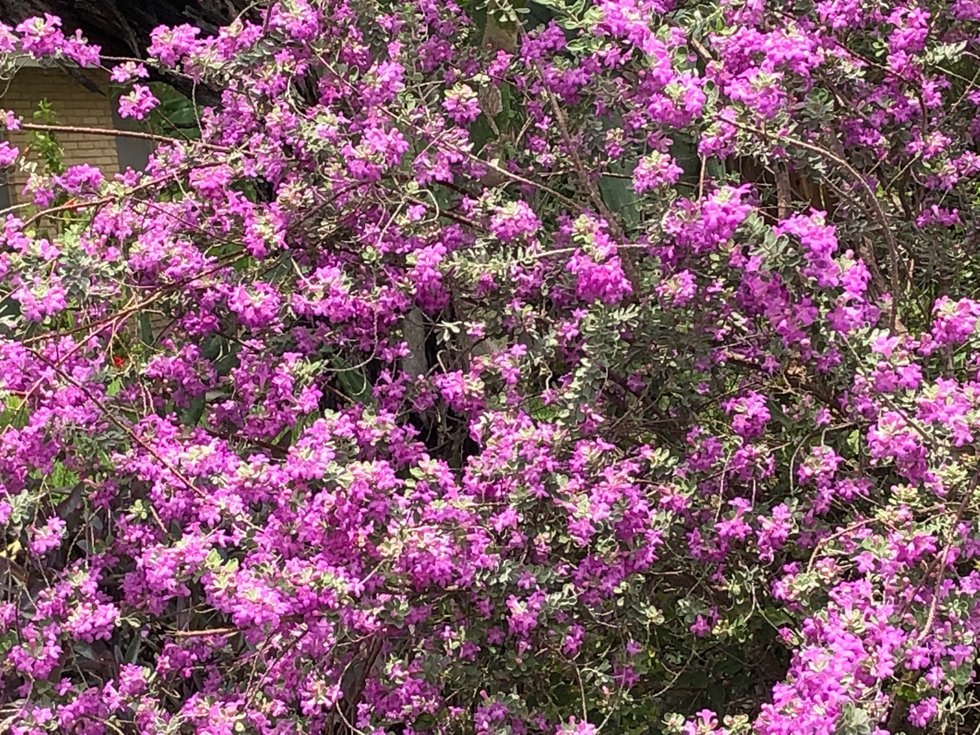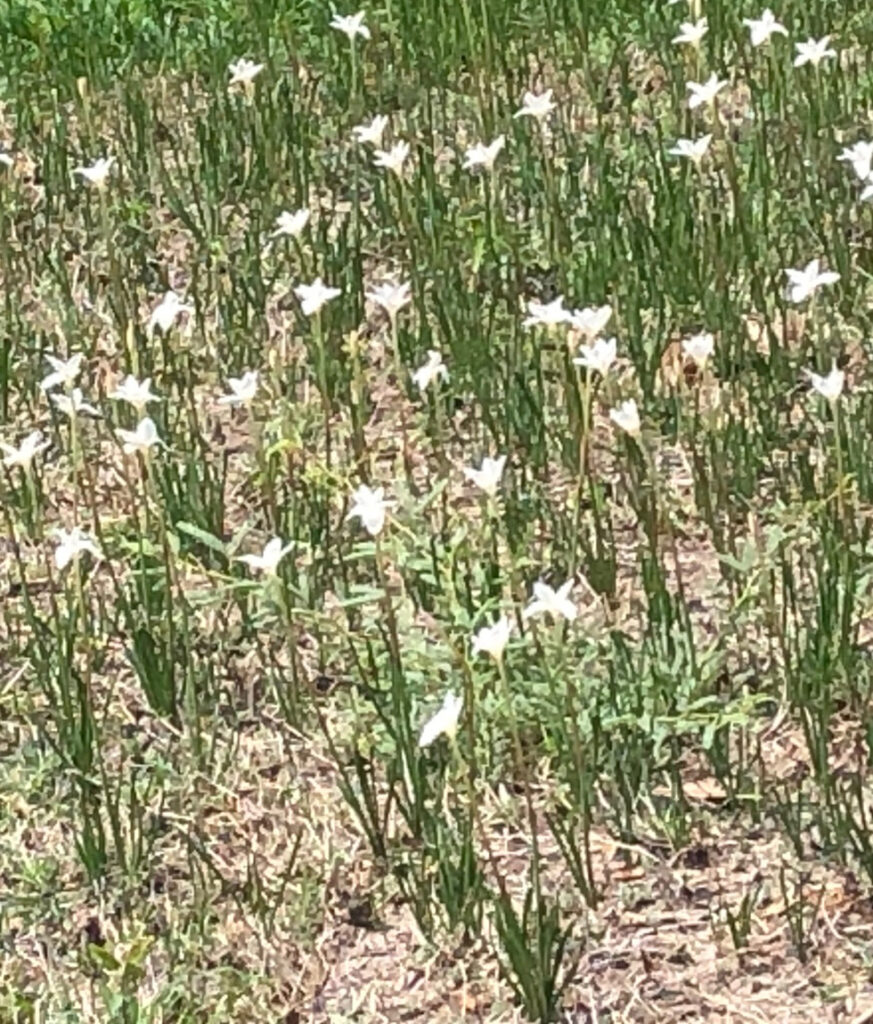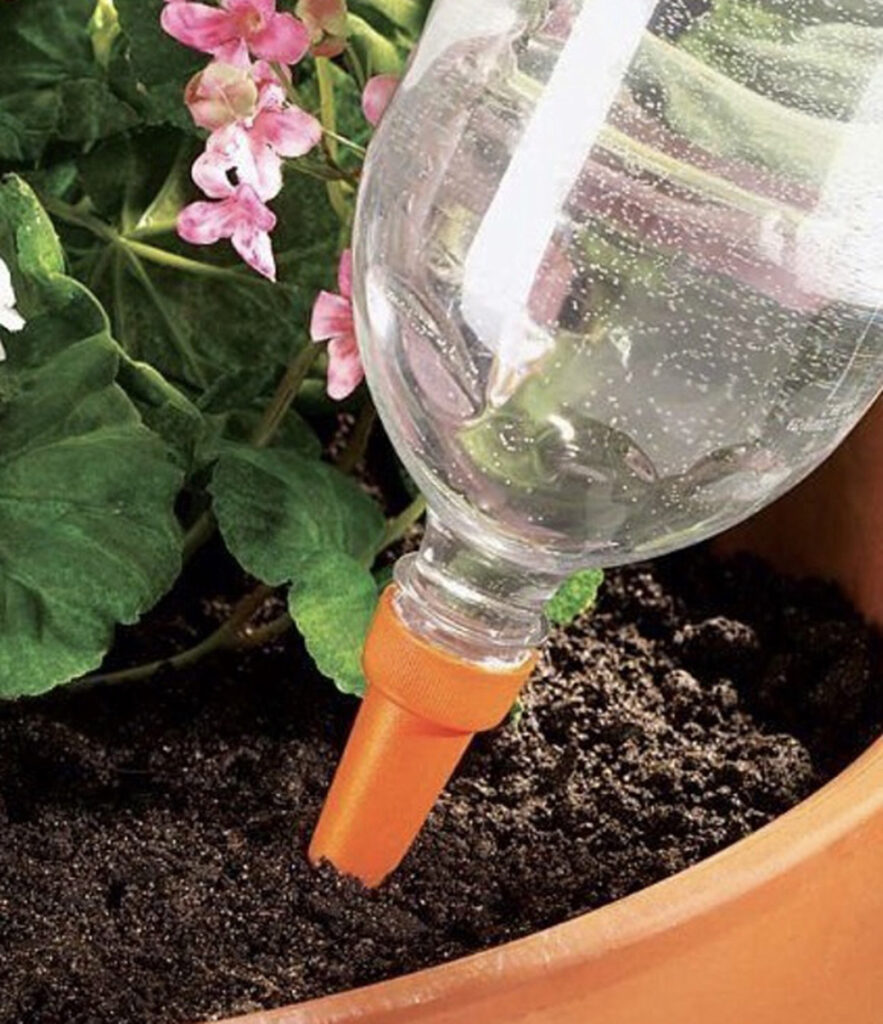- La Feria Community Holds Succesful Business Mixer Event
- Little Nashville to Take Place in Downtown Mercedes
- Lions Basketball Captures District Gold
- La Feria ISD Students Compete in Regional Chess Tournament
- Lions End First Half of 32-4A on a High Note
- La Feria ISD Held Another Successful Parent Conference
- Strong Appearance for Lions at Hidalgo Power Meet
- LFECHS Students Get to Meet Local Actress
- Students Participate in Marine Biology Camp
- Two LFECHS Students Qualify for All-State Band
Water, water everywhere but… well, that all depends
- Updated: June 12, 2020


By ANN JOHNSTON
LFN
As summer really kicks in and our temperatures rise, we must be aware of irrigation needs for our yards, garden plots, beds and containers.
Each type of area has its own watering needs.
Seedlings, transplants (including shrubs and trees) and newly sodded lawns will require water almost daily. Established lawns, trees and flower beds need water less often because they have developed a more extensive root system to carry the water. Hanging baskets and smaller pots have their roots barely covered, so they need watering much more often.
When and how much to water depends on the type of soil (clay, loam or potting soil), location (sun, shade or windy), type of container, current weather, type of plant and time of year it is, as well as if plants are established or recently planted.
Suggestions: Avoid daily light sprinkling. This encourages roots to grow nearer to the surface and thus be susceptible to drying out quickly.
• Water slowly, so water can soak in rather than run off. The root ball is what needs to be soaked.
• If you have a sprinkler system, set it for three times a week at 15 minutes per station. If it rains, temporarily shut it off, but remember to turn it back on. Some systems have a rain setting to help with this.
• If using sprinklers and hoses, set a timer so that you don’t end up with water running down the street.
• Water in the early morning or late afternoon, and be aware of our wind, which hastens evaporation.

Hints: Make sure your method of watering (hoses, faucets, sprinklers, watering cans) are conveniently located and easy to use, or you might not water as needed.
• Use a saucer under pots to contain water runoff and allow roots to have time to soak up this water. Keep watering until it comes out of the hole in pot bottom or side.
• Use self-watering containers and soaker hoses for water conservation.
• If you will be gone several days, provide your pots with something like recycled inverted plastic bottles of water with spikes pushed into the soil.
• Check dryness of soil in pots by sticking your index finger into the soil up to your first knuckle. That’s approximately one inch. If it’s dry soil all the way down, water the pot. If it’s wet, wait a day.
• A well- watered pot or hanging basket will be heavy. Lift your hanging baskets or smaller pots to see how they “feel.”

Watch for: Wilted leaves don’t always mean “Water me, please!”
Sometimes it’s too much standing water or insects in the stems, leaves or roots. Look closely.
• When our Valley does get rain, trees like the ebony and shrubs like the purple sage will be covered with blooms overnight. Lawns and vacant lots will have pretty white rain lilies pop up. Enjoy this show.
Step through the Garden Gate for more gardening hints, suggestions and things to watch for next week.


